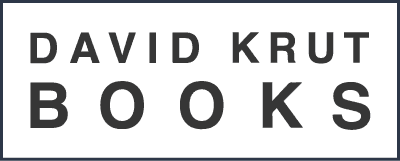Parents Workshop at Die Bron Primary in Stanford
Parents are their children’s first teacher and therefore in our programs we put a lot of emphasis on not only our work with the children but also with the parents.

In collaboration with the Die Bron School team we offered a Parents Workshop with the theme, How to enhance children’s fine motor skills at home. The parents made educational equipment from egg boxes, used washing pegs to enhance hand strength and dexterity, made balls from newspaper, and cut out their own puzzles for the home.



The content of the workshop was all about the different aspects of finemotor skills. We used the mental picture of a chair which is held up by 4 legs to explain how fine motor skills build on each other.
The first leg is strong core muscles. That includes the stomach or tummy muscles as well as the shoulders. If the tummy and shoulders are strong it is much easier for the child to use the small muscles in the hands. The bigger muscles of the shoulders, arms and stomach support the function of the small muscles in the hands. If those big muscles are weak it is difficult for the child and takes lots of effort to control the hand muscles in writing, cutting or everyday tasks.
The second leg for good fine motor skills is the sensory systems of touch and Proprioception. Children need to know what they are feeling and how their body parts are moving within the space in order to control a pencil, scissors or crayon correctly. For example, if you put on a thick glove on your hand, it is hard for you to feel the pencil, hold it correctly and apply efficient pressure. The glove blocks the messages from your fingers to the brain and this makes it very difficult for the child to control the pencil correctly. If the tactile system is not working efficiently, then the children often drop things, bump into things or hold the pencil very tightly or very softly.



The third leg is bilateral integration, which means that both sides of the body are working well together. When cutting with scissors, writing, beading or tying shoelaces both hands have to work together. If the left and right sides of the body are not working well together your child will have difficulties with fine motor skills and also when skipping, marching, galloping or other movement patterns. Fine and gross motor abilities influence and support each other.


The fourth leg is the muscles of the fingers and hands. When the muscles of the hands and fingers are strong and work well together, the children are able to use their hands properly and effectively in all activities of life.
The session was well attended and the energy was joyful with lots of laughter. Thank you to Die Bron for hosting this workshop, for the Die Bron Foundation phase teachers for being enthusiastic and engaged, to Norma for the delicious muffins and to all the parents who participated in the workshop.
The next parent workshop theme will be, How to use play dough and magazines to enhance fine motor skills.
Thank you to the AMANI HARMONIC FOUNDATION for the donation towards material for our parents workshops.
By Regina Broenner

